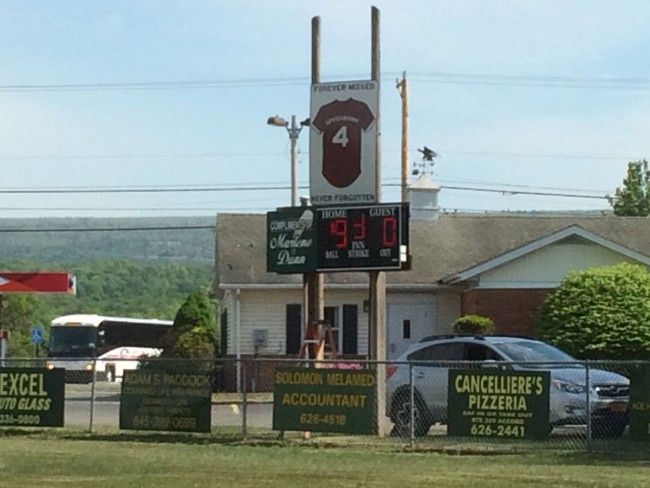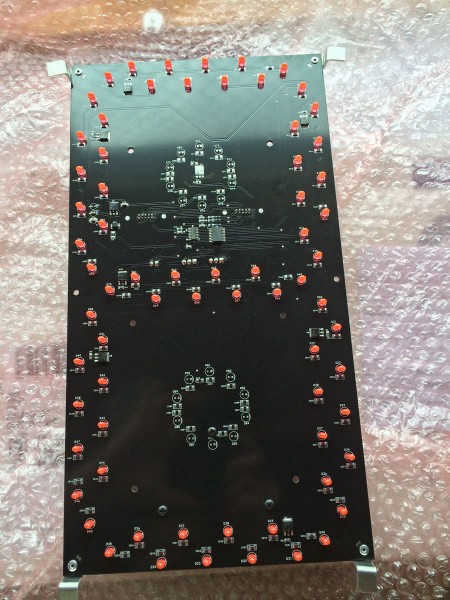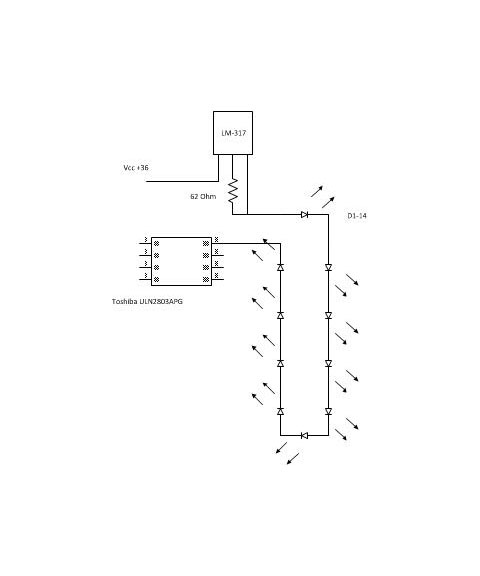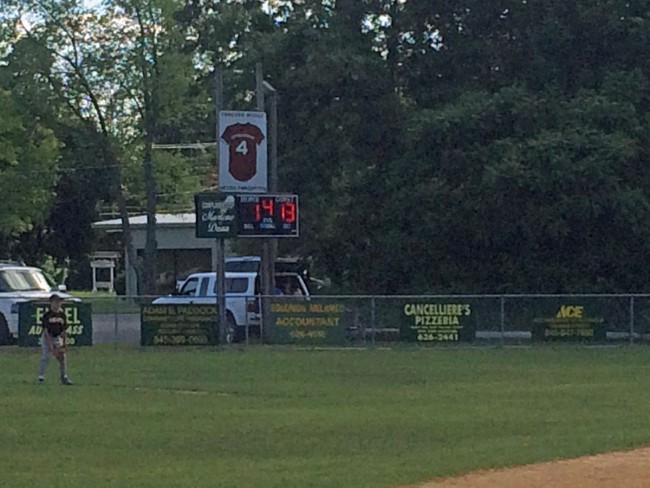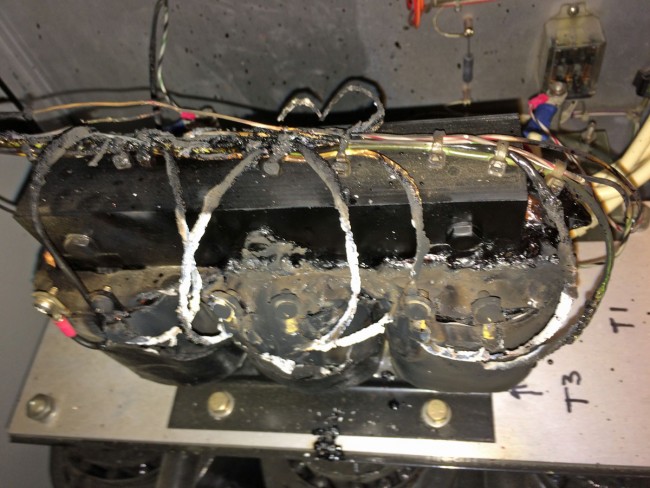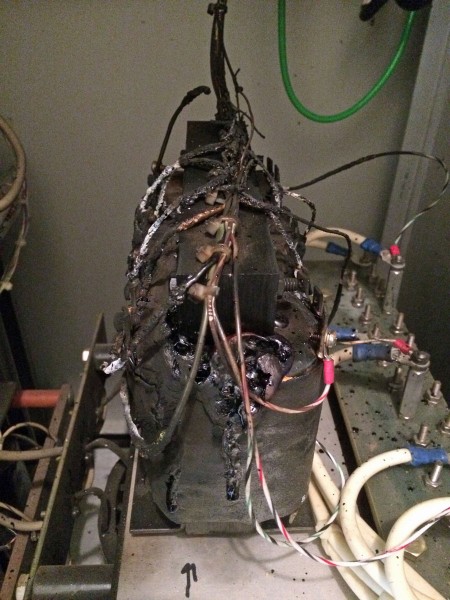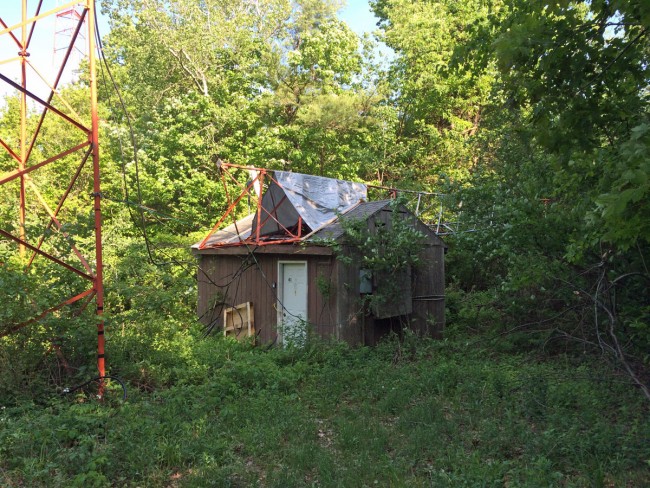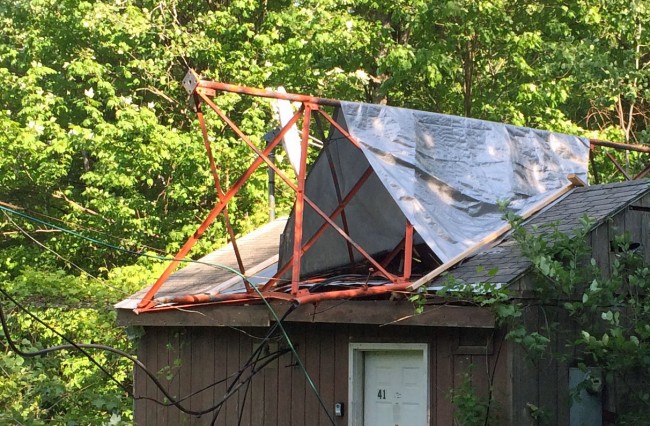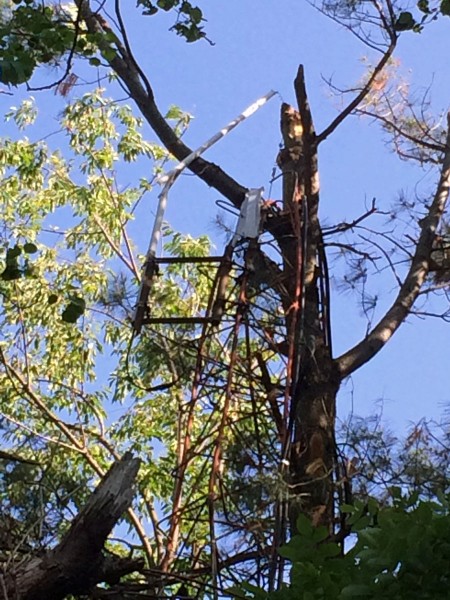So, I was working at one of our FM clients in Albany when I decided I had a few moments of spare time, so I could neaten up the remote control rack. I opened the rack door and was staring intently at the remote control interface panel when out of the corner of my eye, I saw something move.
Now, the top of the rack is a little bit dark and I was not sure what I was looking at. At first, I thought somebody had stuffed a rag in the top of the rack. But, I could not figure out why anyone would do such a thing. Then I thought it was some cardboard. I almost reached up and grabbed it, but something was amiss. Then I saw the tough flick out and smell the air:
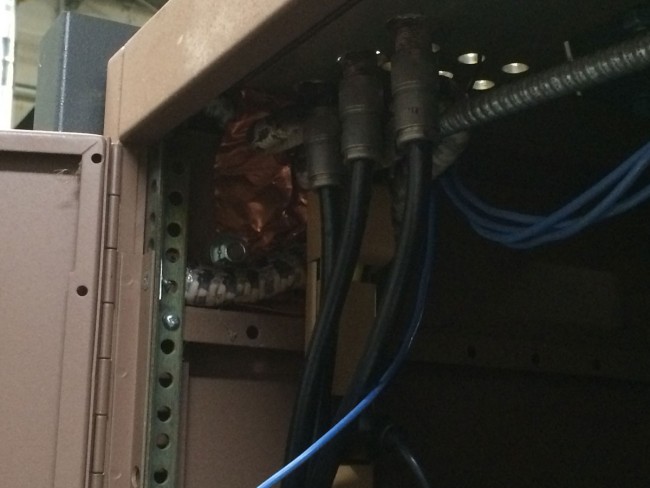
At this point, I think I may have said something like “Oh, shit!” and took several steps back. Those colors and patterns have two possibilities; Copperhead or Grey ratsnake. Since I could not really get a good look at its head, I could not tell which it was. I went and got a work light to see better with.
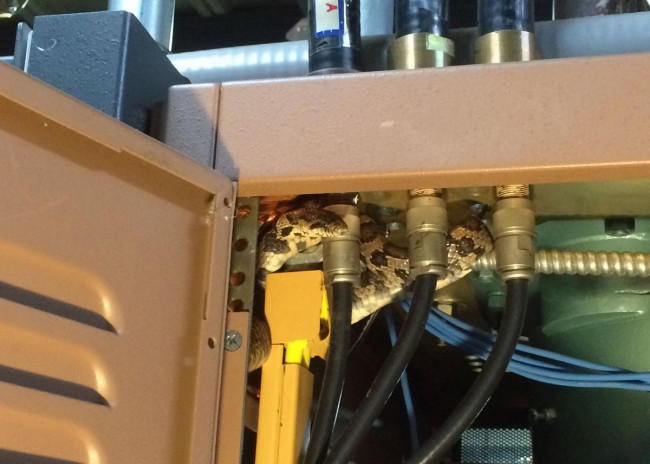
A copperhead is a pit viper, which has a triangular-shaped head and a small indentation or pit under each eye. This snake has neither, so it is fairly harmless. Actually, the rat snakes are beneficial because they eat the mice and other pests around the transmitter building. There are several versions of these in the northeast, including a black rat snake which happens to look just like a piece of 7/8 coax laying across the pathway to the door, until it moves that is…
This species can get to be about 6 feet long (1.8 meters) and the larger ones can draw blood when they bite. Even though he looked to be on the small side (approximately 30 inches or 76 cm), I decided that discretion is the better part of valor, closed the door on the rack, and did something else for a while.

